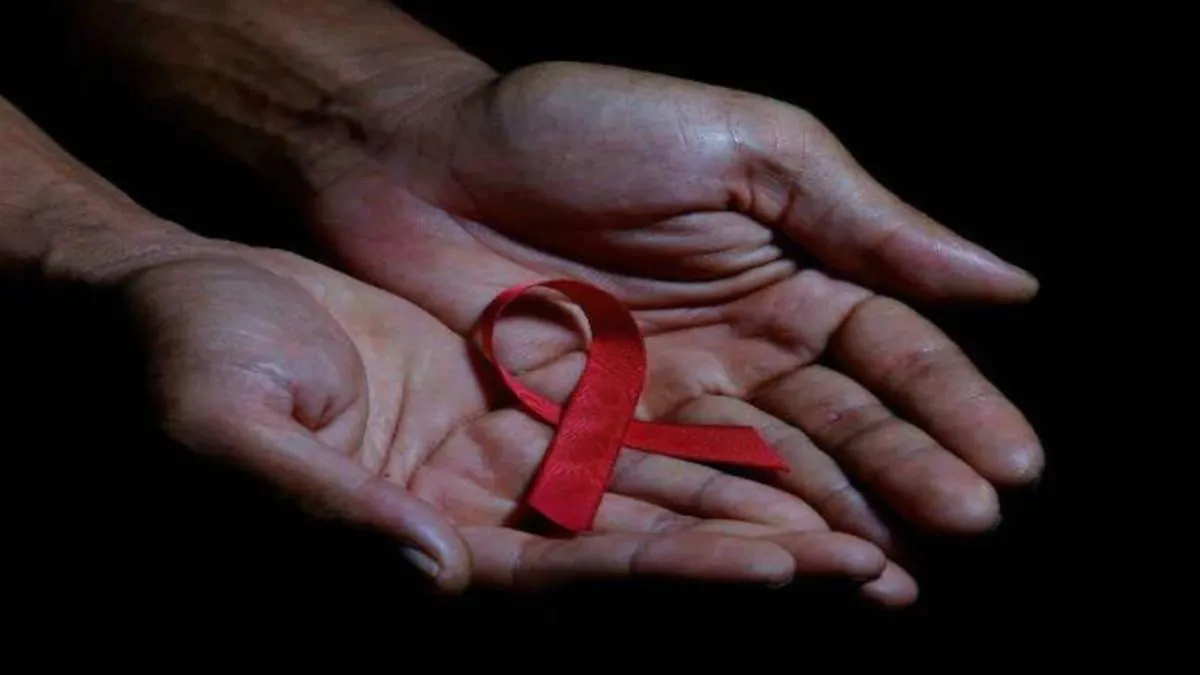HIV, or human immunodeficiency virus, is a virus that attacks the immune system, leaving individuals vulnerable to a variety of other infections and diseases. Despite being a well-known virus, there are still many misconceptions about HIV that continue to circulate.
One common misconception is that HIV only affects certain groups of people, such as men who have sex with men or intravenous drug users. In reality, anyone who engages in risky behavior, such as unprotected sex or sharing needles, is at risk for HIV infection.

src1
Another misconception is that HIV can be transmitted through casual contact, such as sharing a drinking glass or hugging someone who is infected. However, HIV is not transmitted through casual contact and can only be spread through certain bodily fluids, such as blood, semen, vaginal fluids, and breast milk.
Another misunderstanding is that there is a cure for HIV. While there is currently no cure for HIV, there are effective treatments that can suppress the virus and prevent it from progressing to AIDS, which is the most advanced stage of HIV infection. These treatments, known as antiretroviral therapy, can help individuals with HIV live long and healthy lives.
Additionally, some people believe that HIV only affects people in developing countries. However, HIV is a global issue and can affect anyone, regardless of where they live. In fact, the United States has one of the highest rates of HIV infection in the world.
It is also important to note that HIV is not the same as AIDS. HIV is the virus that causes AIDS, but not everyone who is infected with HIV will develop AIDS. With proper treatment and medical care, individuals with HIV can live long and healthy lives without ever progressing to AIDS.
In conclusion, there are many misconceptions about HIV that continue to circulate. It is important to educate oneself and others about the reality of HIV to help reduce the stigma surrounding the virus and improve access to life-saving treatment.